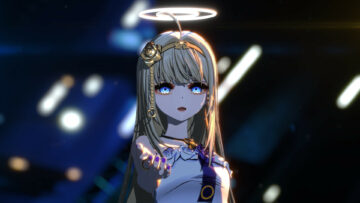Though all three Splatoon games are rather similar in terms of graphics and gameplay, the first two entries in the series are home to several exclusive stages that haven’t made it back to Splatoon 3 (at least, not at the time of writing). Among fans of the game, Splatoon 3’s map design is often considered one of its greatest weaknesses – mainly, the stages’ lack of alternate routes to take. Splatoon 1 and 2’s exclusive stages generally have lots of alternate routes, so we aren’t sure what happened. Regardless, today we’re looking at a list of stages not in Splatoon 3 and which ones we might see in updates.
Stages not in Splatoon 3 (from Splatoon 1)
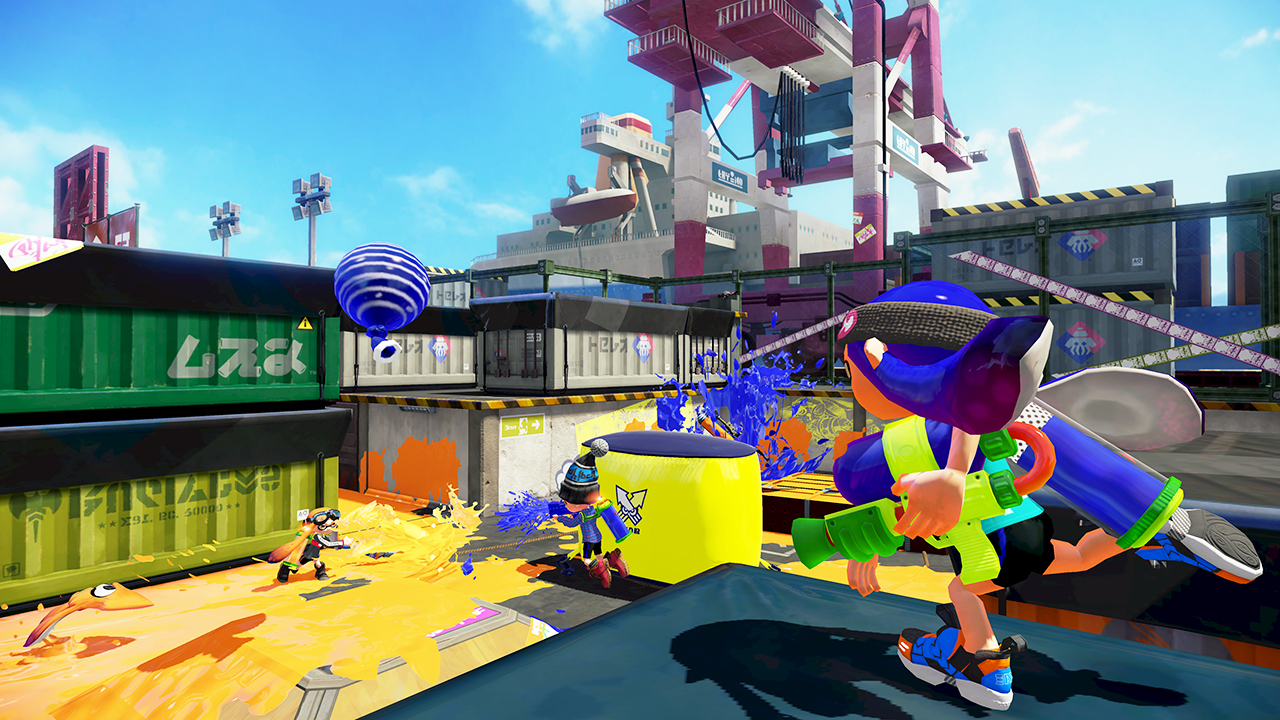

A good chunk of Splatoon 1’s stages aren’t available in Splatoon 3, and a couple of them aren’t in Splatoon 2, either. This leaves a few of the original Splatoon’s stages completely unavailable to play on by legitimate means. As a result, those two stages, Urchin Underpass and Saltspray Rig, are a little bit more likely to return in Splatoon 3’s final season. Not at all guaranteed, but we’d think these stages would be prioritized since they’ve been removed from legitimate play altogether. Here’s a full list of Splatoon 1 stages not in Splatoon 3:
- Urchin Underpass is one of Splatoon’s most iconic stages, despite its exclusion from Splatoon 2 and (at the time of writing) Splatoon 3. It’s even available in Mario Kart 8 Deluxe as a battle course, which makes sense given that Splatoon 1 was the only game in the series released at the time. Given Splatoon 3’s focus on including content from past games – Inkopolis Plaza and Square in particular – we wouldn’t be surprised to see Urchin Underpass make a return.
- Saltspray Rig is the only other stage from Splatoon 1 that has never made a reappearance. It’s vaguely shaped like a squid, and it includes lots of alternate pathways and terrain to hide behind – two features some would say are sorely missing from Splatoon 3’s current maps. That being said, Saltspray Rig isn’t perfect, and it’d probably need a fair number of changes to work in Splatoon 3.
- Arowana Mall appeared in Splatoon 2, but not Splatoon 3. As its name suggests, the stage takes place at an outdoor mall. This is one of the tougher stages not in Splatoon 3, though – Arowana Mall does have some splitting pathways, but is generally rather favorable to long-distance weapons. If this one comes back, maybe a bit of a rework is in order?
- Blackbelly Skatepark is a semi-rectangular stage with dipping valleys at several points in the stage. This one has rather unique terrain, and it’s certainly one we’d like to see come back at some point. If not in Splatoon 3, then maybe in Splatoon 4?
- Walleye Warehouse is one of the smaller stages in the series, and it includes lots of crates and boxes that both serve as grounded obstacles and platforms you can jump onto. This makes Walleye Warehouse feel rather crowded, which is in contrast to some of Splatoon 3’s maps that are wide open. It could be a good addition!
- Kelp Dome is an absolutely huge stage with lots of small pathways. There’s also a raised portion you can traverse to eventually come to a circular platform in the middle of the stage. Levels with lots of different pathways tend to be better for more casual players; there’s less of a chance that they’ll be picked off by a charger or Splatling from far away. Kelp Dome is incredibly unique, and we’d definitely like to see this one make its return.
- Moray Towers, if it were in Splatoon 3, would join Flounder Heights and Manta Maria as stages with a higher focus on vertical movement and mobility. Of these, Moray Towers is almost certainly the tallest. Though the level can be tough to navigate, Moray Towers is very unique. It’d be a shame for this one to remain on the list of stages not in Splatoon 3.
- Port Mackerel is a blocky stage with lots of big shipping crates to hide behind and use as cover. Like Walleye Warehouse, Port Mackerel is also kind of cramped, which means weapons like Bloblobbers would be a bit stronger here (not that that’s necessarily a bad thing).
- Camp Triggerfish is kind of a tricky stage, because the pathways open to players are quite narrow and there are several spots where it’s easy to be pushed into the water. There are also a few ink rails that let you take shortcuts between sections of the stage. We don’t think it’s terribly likely that this stage comes back for Splatoon 3, but who knows!
- Ancho-V Games is an indoor stage from Splatoon 1 that includes a bunch of platforms that move when you ink the nearby fans. If that sounds a bit familiar, it’s because Marlin Airport, a new stage from Splatoon 3, includes that same gimmick. Given that both stages focus on these propellers, it doesn’t seem too likely that Ancho-V Games is coming back to Splatoon 3.
- Piranha Pit has the highest inkable area of any stage in both Splatoon 1 and Splatoon 2! It’s got plenty of winding paths, plus conveyor belts you can use to quickly maneuver between areas. This is definitely a unique stage, but we don’t see any particular reason why this one would be brought back over the others. Maybe that’ll be proved wrong eventually?
Missing Splatoon 2 stages
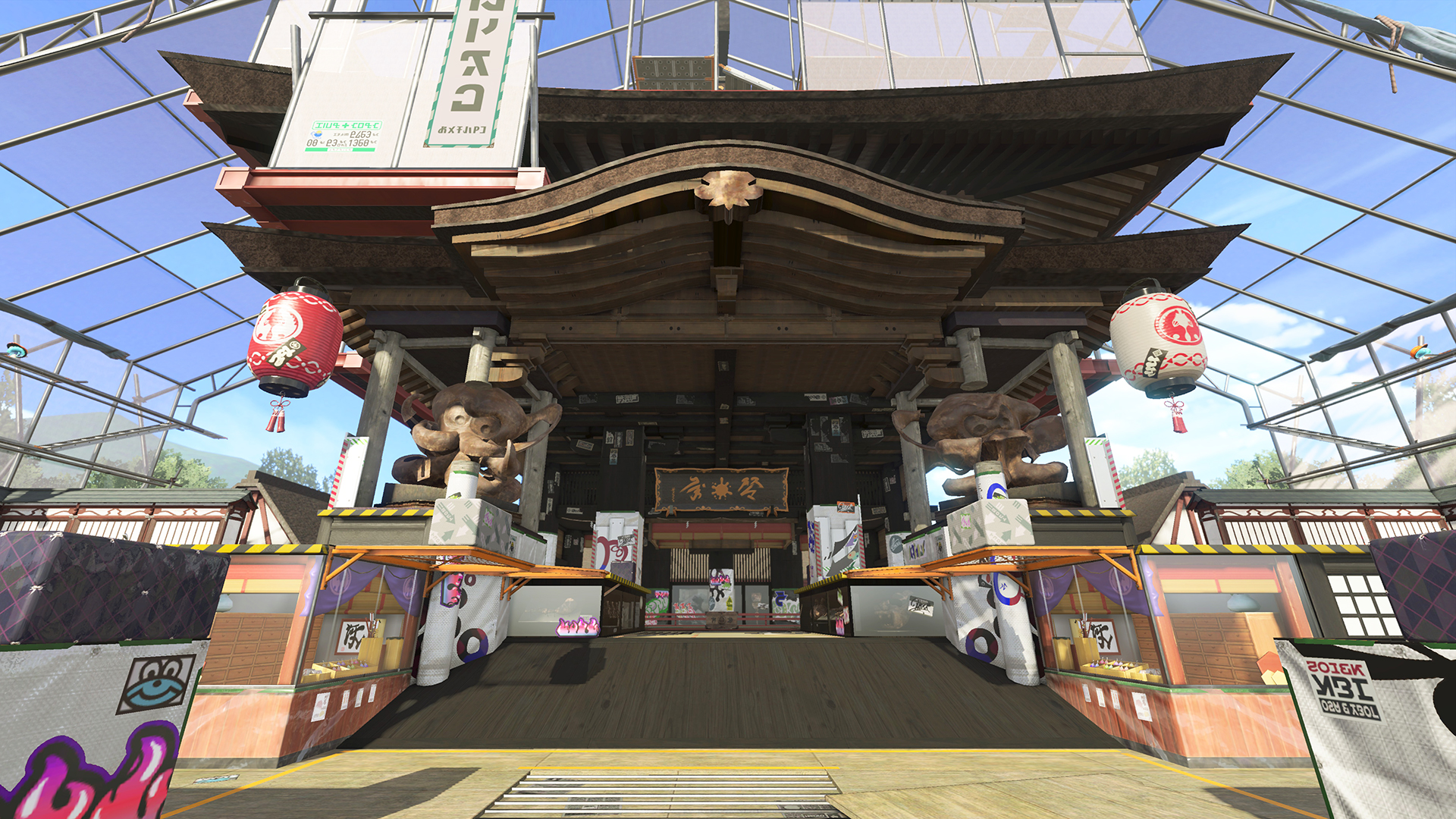

Splatoon 2 stages not in Splatoon 3 are a bit easier to access, at least. If you still have Splatoon 2, you can play any of these stages in normal Turf War rotations. Unfortunately, ranked modes often won’t have enough players for you to try out those stages. That being said, if ranked mode or league battle mode has a stage you want to try, you can hover over it in the lobby and press the Y button to go on recon. This lets you try out the stage in sort of a “trial” version all by yourself with no enemies or opponents, and you can quit as soon as you’ve seen enough. We think it’s most likely that Splatoon 3 adds one of these stages back in rather than one of the Wii U exclusive ones (as iconic as Urchin Underpass is).
- New Albacore Hotel is visually similar to Mahi-Mahi Resort, except it’s on the roof of a hotel instead. Mahi-Mahi Resort wasn’t in Splatoon 2, so it can be inferred that New Albacore Hotel was meant to be its replacement. Given that the resort already appears in this game, it doesn’t seem very likely that New Albacore Hotel will be leaving the list of stages not in Splatoon 3 anytime soon.
- Snapper Canal is a square stage with spawn points at both diagonal ends of the square. From spawn, you can make your way down the platforms to the lower area. There aren’t a ton of unique features about this stage, so it probably isn’t super high on the developers’ list of stages not in Splatoon 3 to bring back, if we had to guess.
- Musselforge Fitness is one of the smaller stages in Splatoon 2 – at least in terms of how much of the level can be inked. This stage includes lots of steep slopes and inclines, which do favor weapons with higher mobility. There are also a few grates and lots of walls to swim up as shortcuts. We’d definitely like to see this stage return – it’s based on a rock climbing gym.
- The Reef is a rather intricate stage, and its platforms come at several different levels of elevation. It’s based on a typical city after-school hang out location, and Splatoon 2 was actually its only appearance in the whole series. We’ll probably see this one again, even if not in this game.
- Goby Arena is set inside a basketball arena. You can even ink and swim up the basketball hoops! While the center of the stage includes lots of open space to fight and claim turf, the edges of the stage close to the bases are more crowded and feature some uninkable walkways. This helps prevent spawn camping. Overall, a really nice stage, and one we’d like to see appear in Splatoon 3.
- Shellendorf Institute has a neat gimmick – there’s a glass ceiling in the center of the stage that you can walk around on. You can’t refill your ink there, however, so it comes with a degree of risk. There are also dinosaur bones hanging up for decoration, so it’s definitely got a unique aesthetic.
- Starfish Mainstage is based on an outdoor concert stage. It’s got a couple of places to hide and take cover, but for the most part, there’s a good amount of wide open space available for fighting. No stage in Splatoon 3 is themed around a performance stage, so maybe we’ll see this one again sometime.
- Skipper Pavillion draws inspiration from Japanese temples in a similar vein to Brinewater Springs, a stage already present in Splatoon 3. It’s a rather large stage, making it easy for casual players to claim some turf without immediately being picked off by a long-ranged weapon. Brinewater Springs doesn’t fill the exact same niche as Skipper Pavillion, but the vague similarities between the two stages could prevent the latter from appearing in Splatoon 3.
Shifty Stations are another feature in Splatoon 2 that didn’t make it to Splatoon 3. They were special stages present in Splatfests (one per Splatfest) that often placed a much higher focus on gimmicky level designs than standard stages. For example, one Shifty Station includes grappling points that, when inked, will function as a grappling hook and drag your Inkling or Octoling directly underneath them. Those aren’t in any of Splatoon 3’s stages, and the closest thing we’ve got to Shifty Stations are exclusive Tricolor versions of existing stages. Which certainly aren’t on the same level of novelty.
Missing Salmon Run levels
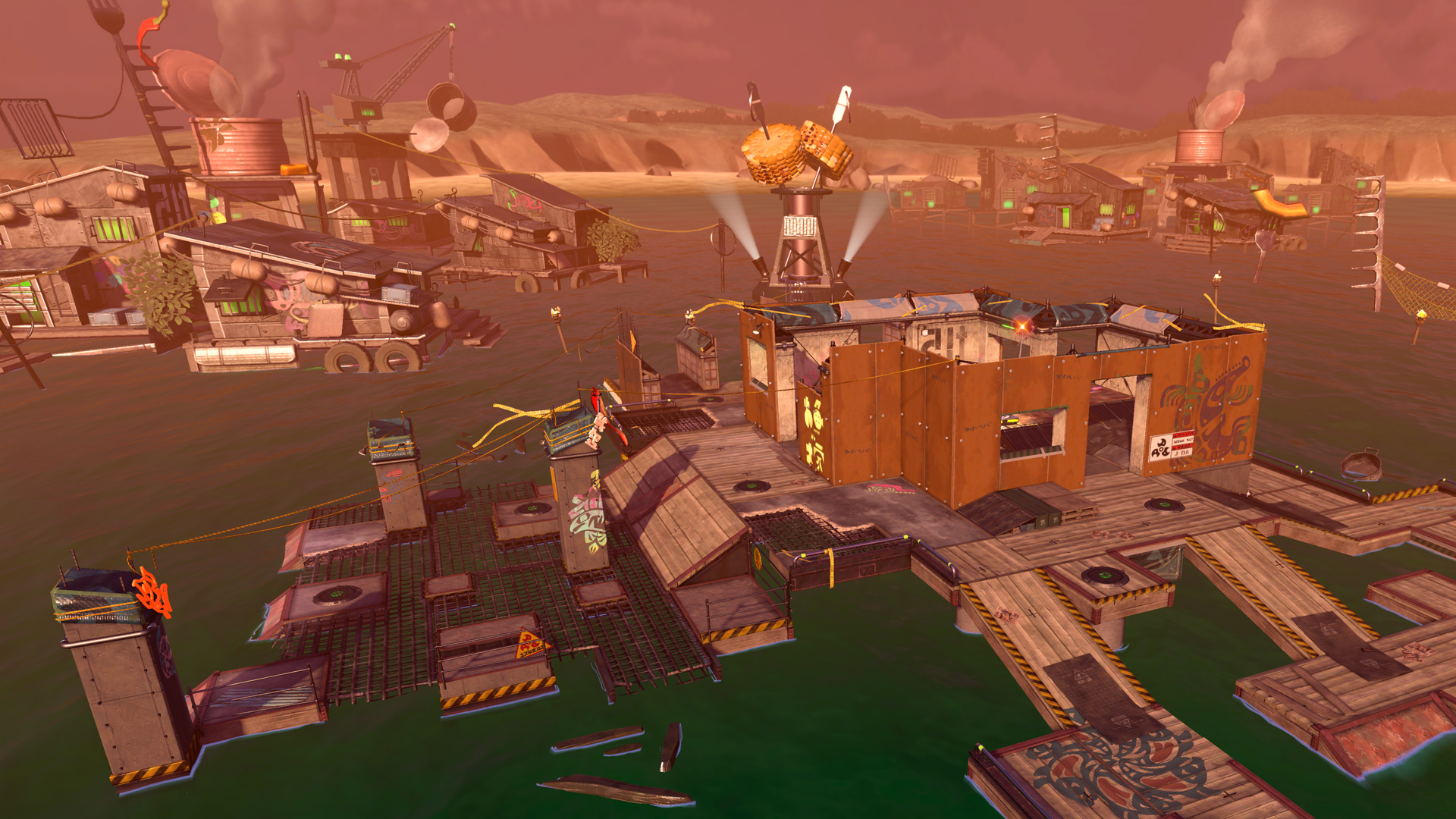

At the time of writing, we still aren’t sure which stages from previous games will come to Splatoon 3 in what is presumably its final season. Unfortunately, when it comes to Salmon Run, we start speaking in definitive. Bonerattle Arena is confirmed to be the last Salmon Run stage coming to the game. Here’s the final list of Salmon Run stages not in Splatoon 3, then.
- Lost Outpost is a particularly tricky Salmon Run stage. The center point with the basket is surrounded by four walls, and the shoreline is full of grates that will send you into the water below if you turn into a squid on them. This makes Lost Outpost one of the tougher Salmon Run stages in the game, and one we unfortunately won’t ever see in Splatoon 3.
- Ruins of Ark Polaris isn’t in Splatoon 3, and this exclusion is absolutely baffling. The Ark Polaris is a space ship with plot significance to Splatoon 3’s main story, so it would make perfect sense to include it there. Unfortunately, that didn’t happen, and it’s stuck in Splatoon 2 instead. Ruins of Ark Polaris is a mostly-vertical stage, which is a rarity in Salmon Run. It’s also full of ink rails to help you get around. It’s a shame this one will never leave the list of stages not in Splatoon 3. One more stage, please, Nintendo!
Urchin Underpass and Saltspray Rig are completely unplayable right now, as we mentioned. The good news is that the rest of the stages are playable in Splatoon 2. You might be surprised to learn how many stages are missing from Splatoon 3 – a few of the older ones can kind of blend into each other and feel “samey”, and this might be something the developers are considering, too.
Which past stages do you most want to see return to Splatoon 3, and which do you think are most likely regardless of the ones you want? Share your thoughts with us in the comments below.
Splatoon 3 is available now for Switch. Visit the official site here.
Related
- SEO Powered Content & PR Distribution. Get Amplified Today.
- PlatoData.Network Vertical Generative Ai. Empower Yourself. Access Here.
- PlatoAiStream. Web3 Intelligence. Knowledge Amplified. Access Here.
- PlatoESG. Carbon, CleanTech, Energy, Environment, Solar, Waste Management. Access Here.
- PlatoHealth. Biotech and Clinical Trials Intelligence. Access Here.
- Source: https://nintendoeverything.com/all-stages-not-in-splatoon-3/
- :has
- :is
- :not
- :where
- $UP
- 1
- 2%
- 4
- 8
- a
- About
- absolutely
- access
- actually
- Adds
- aesthetic
- after-school
- again
- airport
- All
- almost
- already
- also
- altogether
- among
- amount
- an
- and
- Another
- any
- anytime
- appear
- appearance
- appearing
- appears
- ARE
- AREA
- areas
- Arena
- Ark
- around
- AS
- At
- available
- away
- back
- Bad
- based
- basket
- Basketball
- Battle
- BE
- because
- been
- behind
- being
- below
- Better
- between
- Big
- Bit
- Blend
- both
- boxes
- bring
- brought
- Bunch
- but
- button
- by
- camping
- CAN
- casual
- ceiling
- Center
- certainly
- Chance
- Changes
- circular
- City
- claim
- Climbing
- Close
- closest
- come
- comes
- coming
- comments
- completely
- concert
- CONFIRMED
- considered
- considering
- content
- contrast
- could
- Couple
- course
- cover
- crowded
- Current
- definitely
- definitive
- Degree
- Design
- designs
- Despite
- developers
- different
- dinosaur
- directly
- do
- does
- Doesn’t
- Dont
- down
- each
- easier
- easy
- edges
- either
- ends
- enemies
- enough
- Even
- eventually
- EVER
- exact
- example
- Except
- Exclusive
- existing
- fair
- familiar
- fans
- far
- favor
- favorable
- Feature
- Features
- feel
- few
- fight
- fighting
- fill
- final
- First
- fitness
- Focus
- For
- four
- from
- full
- function
- game
- gameplay
- Games
- generally
- get
- given
- glass
- Go
- good
- got
- graphics
- grappling
- greatest
- grounded
- guaranteed
- guess
- gym
- had
- Hang
- happen
- happened
- Have
- heights
- help
- helps
- here
- Hide
- High
- higher
- highest
- Home
- hotel
- hover
- How
- However
- HTTPS
- huge
- iconic
- if
- immediately
- in
- include
- includes
- Including
- incredibly
- Indoor
- inferred
- inked
- inside
- Inspiration
- instead
- Institute
- into
- intricate
- IT
- ITS
- Japanese
- join
- jpg
- jump
- Kind
- Lack
- large
- Last
- latter
- League
- LEARN
- least
- Leave
- leaves
- leaving
- legitimate
- less
- let
- Lets
- Level
- levels
- like
- likely
- List
- little
- Lobby
- location
- looking
- lost
- lots
- lower
- made
- Main
- mainly
- make
- MAKES
- Making
- many
- map
- Maps
- maria
- Mario
- Marlin
- maybe
- means
- meant
- mentioned
- Middle
- might
- missing
- mobility
- Mode
- modes
- more
- most
- move
- movement
- much
- name
- narrow
- Navigate
- Neat
- necessarily
- Need
- never
- New
- news
- nice
- niche
- Nintendo
- no
- normal
- novelty
- now
- number
- obstacles
- of
- off
- official
- often
- older
- on
- ONE
- ones
- only
- onto
- open
- opponents
- or
- order
- original
- Other
- Others
- out
- Outdoor
- over
- overall
- part
- particular
- particularly
- past
- paths
- pathways
- per
- perfect
- performance
- picked
- PIT
- Place
- placed
- Places
- platform
- Platforms
- plato
- Plato Data Intelligence
- PlatoData
- Play
- players
- please
- Plenty
- plot
- plus
- Point
- points
- portion
- present
- press
- prevent
- previous
- prioritized
- probably
- proved
- pushed
- quickly
- quite
- rails
- raised
- ranked
- rarity
- rather
- really
- reason
- REEF
- Regardless
- released
- remain
- Removed
- replacement
- Resort
- REST
- result
- return
- rig
- right
- Risk
- Rock
- roof
- routes
- RUINS
- Run
- Said
- same
- say
- Season
- sections
- see
- seem
- seen
- send
- sense
- Series
- serve
- set
- several
- shaped
- Share
- Shipping
- shortcuts
- significance
- similar
- similarities
- since
- site
- small
- smaller
- So
- some
- something
- Soon
- sort
- sounds
- Space
- Spawn
- speaking
- special
- Splatoon
- spots
- square
- Stage
- stages
- standard
- start
- station
- Stations
- steep
- Still
- Story
- stronger
- stuck
- Suggests
- Super
- sure
- surprised
- surrounded
- Switch
- Take
- takes
- tend
- terms
- terrain
- than
- that
- The
- Them
- Themed
- then
- There.
- These
- they
- thing
- Think
- this
- those
- though?
- three
- time
- to
- today
- Ton
- too
- tough
- traverse
- tricky
- try
- TURN
- two
- typical
- unavailable
- underneath
- unfortunately
- unique
- Updates
- us
- use
- valleys
- version
- versions
- vertical
- very
- Visit
- visually
- walk
- want
- war
- Warehouse
- was
- Water
- Way..
- we
- weaknesses
- Weapons
- were
- What
- What is
- when
- which
- while
- WHO
- whole
- why
- wide
- will
- with
- without
- Work
- would
- writing
- Wrong
- you
- Your
- yourself
- zephyrnet

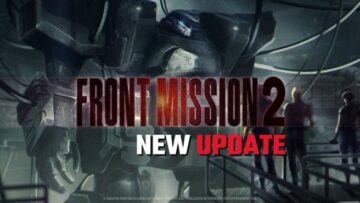

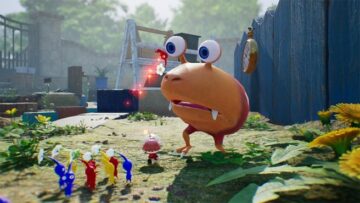
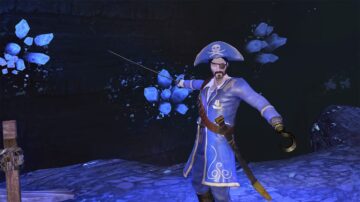
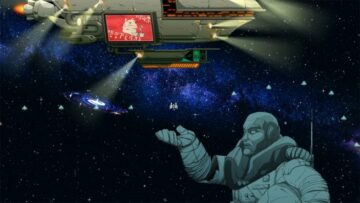
![[Preview] 1000xResist](https://platoaistream.net/wp-content/uploads/2023/12/preview-1000xresist-360x203.jpg)


